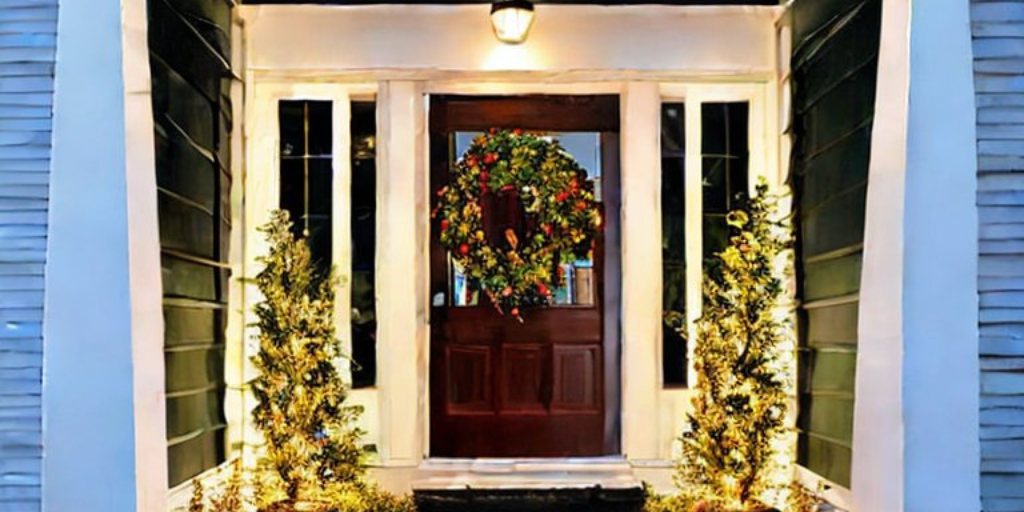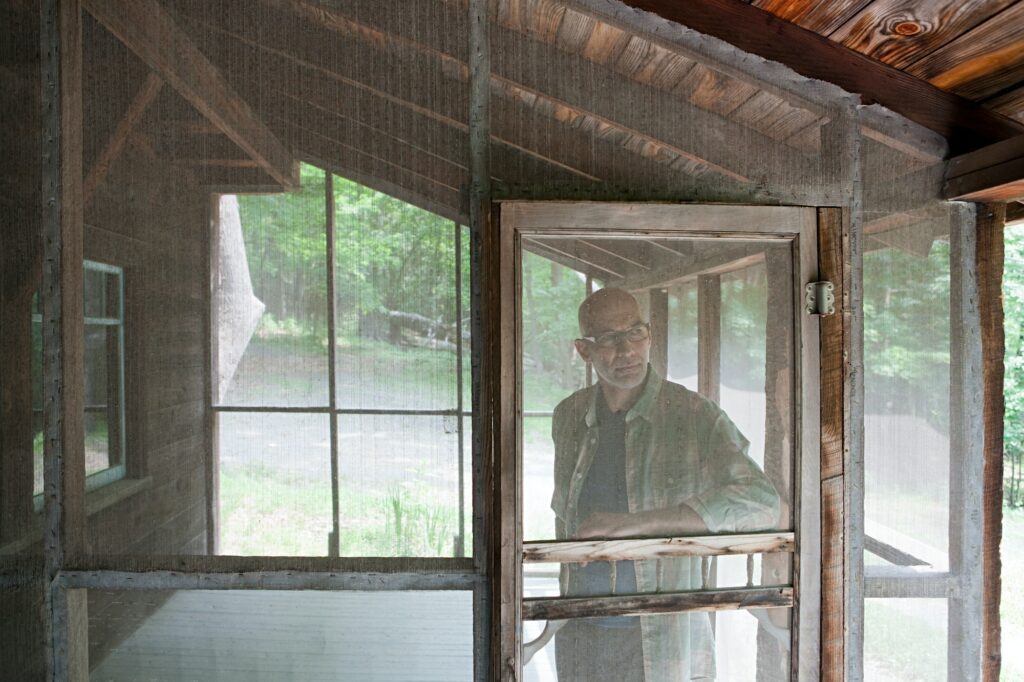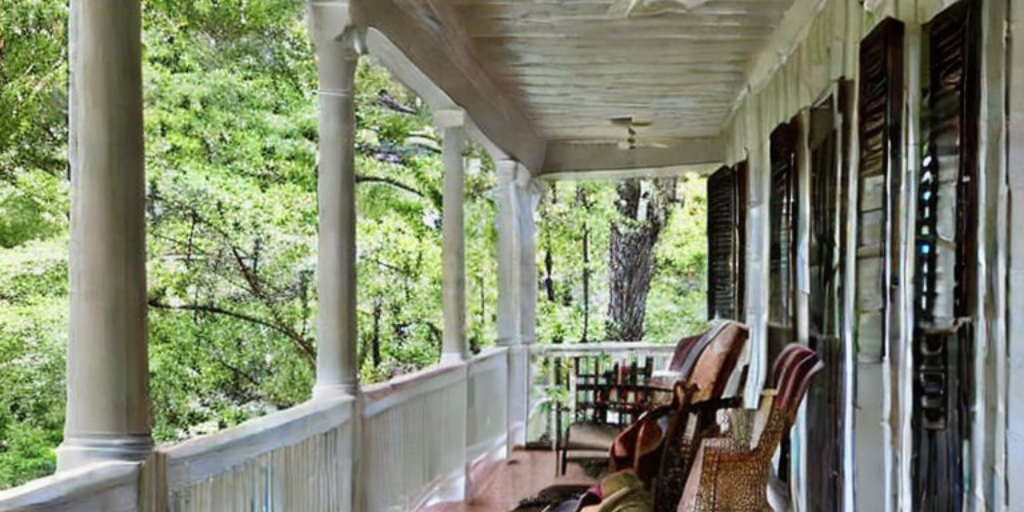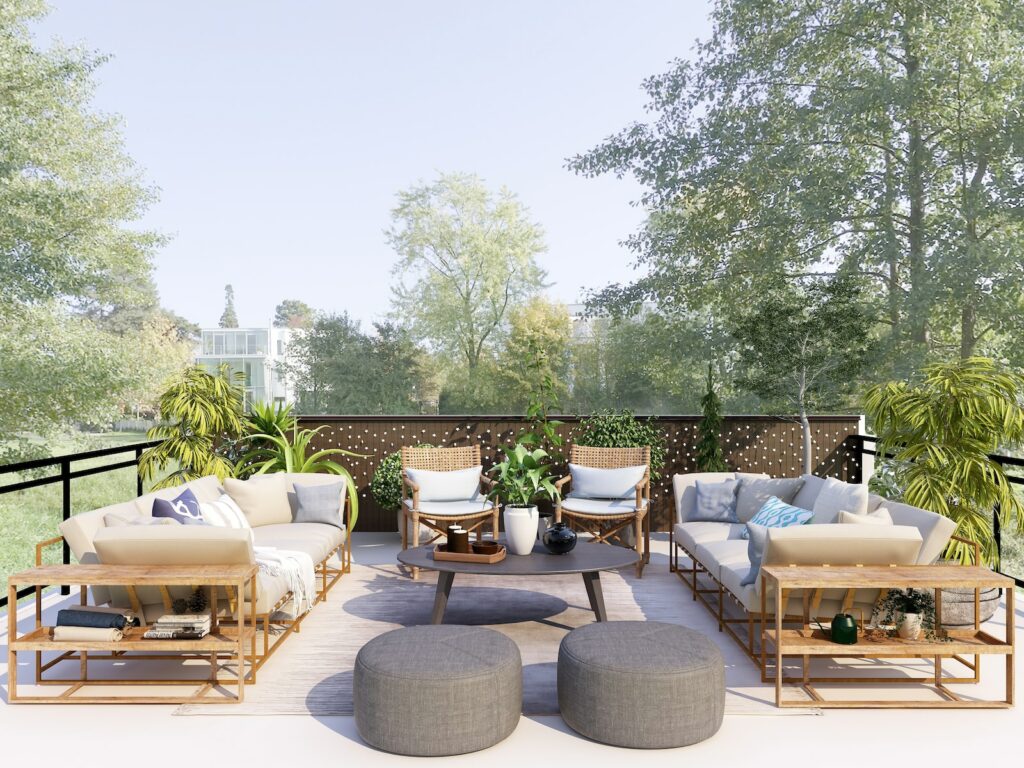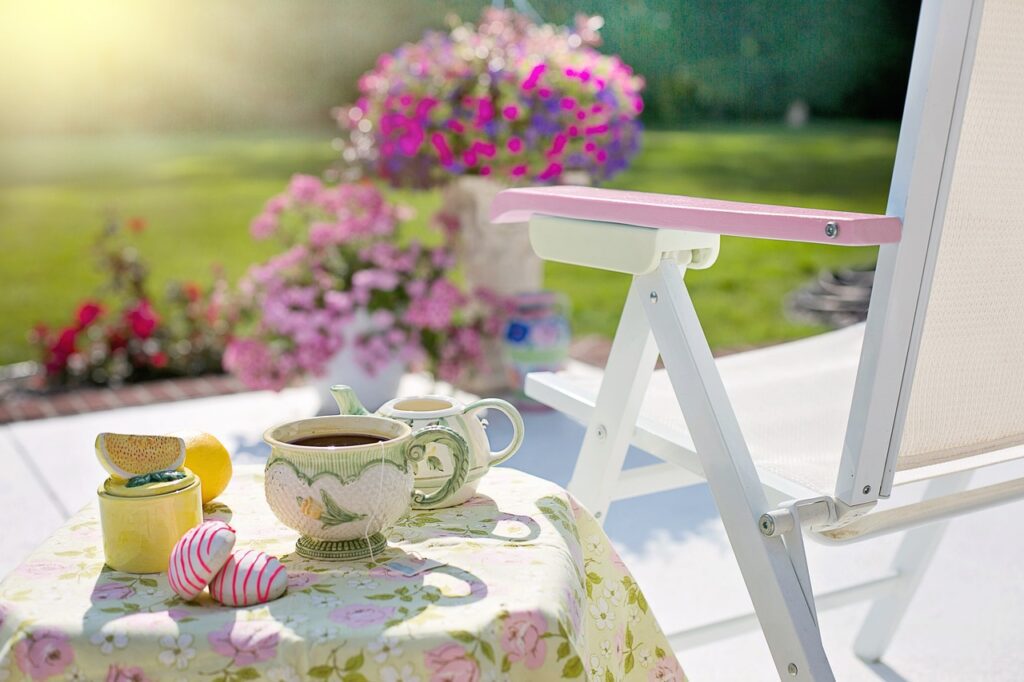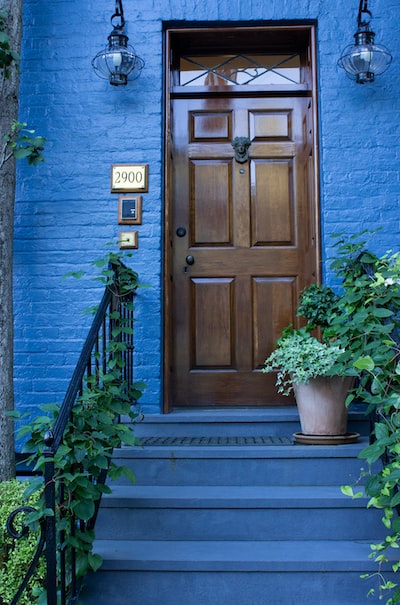Have you ever wondered what is the purpose of a porch? A porch is a valuable addition to any home, providing an outdoor space that is both functional and aesthetically pleasing.
Porches come in various sizes and styles, ranging from small and simple to large and elaborate, and can serve a variety of purposes. Whether it’s for relaxing with family and friends, enjoying the outdoors, or simply enhancing the curb appeal of your home, a porch can add significant value to your property.
What is the purpose of a porch?
Contents
- 1 What is the purpose of a porch?
- 2 What is the history and cultural significance of porches?
- 3 What are the benefits of having a porch?
- 4 How does a porch enhance a home’s curb appeal?
- 5 Why is a porch considered an outdoor living space?
- 6 What materials are commonly used for porch construction?
- 7 How does a porch contribute to a healthy lifestyle?
- 8 What factors should be considered when designing a porch?
- 9 Can a porch add value to a home?
- 10 How can a porch serve as a transitional space between indoors and outdoors?
- 11 Final remarks on what is the purpose of a porch
The purpose of a porch is to provide an outdoor space that serves as an extension of a home’s living area. It can be used for a variety of activities, such as entertaining guests, relaxing with family and friends, enjoying a cup of coffee or tea, or simply taking in the fresh air and scenic views.
Additionally, a porch can enhance the curb appeal of a home, adding to its overall value and attractiveness. A porch can also serve as a transitional space between the indoors and outdoors, providing a sheltered area that protects against the elements while still allowing for an outdoor experience. Ultimately, the purpose of a porch is to create a welcoming and functional space that can be enjoyed year-round.
What is the history and cultural significance of porches?
Porches have a long and rich history, and their cultural significance has evolved over time.
Historically, porches have been used for a variety of purposes, including socializing, relaxing, and working. In many cultures, porches have served as an extension of the home, providing a space for people to gather and interact with their neighbors and community members.
In the United States, the popularity of porches can be traced back to the early colonial period, when they were used primarily for practical purposes such as sheltering from the sun and rain. As the country developed, porches became larger and more elaborate, and were often used as a status symbol, with the size and design of a porch reflecting the wealth and social standing of the homeowner.
During the 19th and early 20th centuries, porches became a central part of American architecture, with many homes featuring large, wrap-around porches that served as a gathering place for families and friends. Porches were also an important part of the American South, where they were used for entertaining guests and enjoying the mild climate.
In addition to their practical and social functions, porches have also played an important cultural role in literature and popular culture. Porches have been featured in many iconic works of literature, including Mark Twain’s “Adventures of Huckleberry Finn” and Harper Lee’s “To Kill a Mockingbird,” where they serve as a symbol of community and tradition.
Today, porches continue to be an important part of American architecture, with many homeowners choosing to add or renovate porches as a way to enhance the beauty and functionality of their homes. While their cultural significance may have evolved over time, porches remain a beloved feature of many homes and communities, providing a space for relaxation, socialization, and connection with the surrounding environment.
What are the benefits of having a porch?
Having a porch can provide several benefits, including:
Outdoor Living Space: A porch provides an outdoor living space that can be used for relaxation, entertaining, or simply enjoying the fresh air.
Curb Appeal: A porch can enhance the curb appeal of a home, adding to its overall attractiveness and value.
Protection from the Elements: A porch can provide shelter from the sun, rain, and snow, allowing you to enjoy the outdoors regardless of the weather.
Transition Space: A porch can serve as a transitional space between the indoors and outdoors, providing a buffer zone that allows for a smooth transition from one space to another.
Energy Savings: A porch can help to reduce energy costs by providing shade in the summer and insulation in the winter, making it easier to regulate the temperature inside the home.
Improved Health: Spending time outdoors has been linked to improved physical and mental health, and having a porch provides an opportunity to get outside and enjoy the benefits of nature.
Increased Home Value: A well-designed and constructed porch can increase the overall value of a home, making it a worthwhile investment.
How does a porch enhance a home’s curb appeal?
A porch can enhance a home’s curb appeal in several ways:
Aesthetics: A porch can add visual interest and appeal to a home’s exterior, breaking up the monotony of a large wall or providing a focal point for the eye.
Architecture: A porch can complement a home’s architecture and style, tying together different design elements and creating a cohesive look.
Color: The color of the porch can be used to create contrast or to coordinate with the home’s existing color scheme, enhancing its overall appeal.
Landscaping: A porch can be used to showcase landscaping elements such as potted plants, hanging baskets, or a small garden, adding to the visual appeal of the home.
Personalization: A porch can be customized to reflect the homeowner’s personal style and taste, making it a unique and eye-catching feature that sets the home apart from others on the street.
In summary, a well-designed and well-maintained porch can significantly enhance a home’s curb appeal, making it more attractive to potential buyers and improving its overall value.
Why is a porch considered an outdoor living space?
A porch is considered an outdoor living space because it provides a functional area that extends the living space of a home to the outdoors. A porch is typically located at the front, side, or back of a house and can vary in size, style, and design.
A porch can provide many of the same benefits as an indoor living space, such as a comfortable place to sit, relax, and socialize. It can also serve as an outdoor dining area or an entertainment space, allowing homeowners to host guests and enjoy the outdoors at the same time. Additionally, a porch can be used for a variety of activities, such as reading a book, taking a nap, or enjoying a cup of tea.
Moreover, a porch can be used year-round, depending on the climate and weather conditions. During the summer, a porch can provide a shaded area to escape the heat, while during the winter, it can be enclosed or heated to provide a cozy and warm space.
In summary, a porch is considered an outdoor living space because it offers many of the same benefits as an indoor living space, allowing homeowners to extend their living area to the outdoors and enjoy the benefits of nature.
What materials are commonly used for porch construction?
There are several materials commonly used for porch construction, each with its own advantages and disadvantages. Some of the most common materials used for porch construction include:
Wood: Wood is a classic and traditional material used for porch construction. It is versatile, easy to work with, and can be stained or painted to match the home’s exterior. However, it requires regular maintenance, such as staining and sealing, to prevent rotting and decay.
Concrete: Concrete is a durable and long-lasting material that is commonly used for porch floors. It can be stamped, stained, or painted to create a variety of textures and finishes. However, it can be prone to cracking and is not as visually appealing as other materials.
Brick: Brick is a popular choice for porch construction because of its durability and low maintenance. It can be laid in a variety of patterns and colors, creating a unique and eye-catching design. However, it can be expensive and requires professional installation.
Stone: Natural stone, such as limestone, slate, or flagstone, is a beautiful and durable option for porch floors and steps. It can be laid in a variety of patterns and colors, creating a unique and natural look. However, it can be expensive and requires professional installation.
Composite Materials: Composite materials, such as vinyl, PVC, or composite decking, are becoming increasingly popular for porch construction because they are low maintenance and durable. They are available in a variety of colors and textures, and some are made to look like wood. However, they can be more expensive than other materials.
In summary, the materials commonly used for porch construction vary in terms of durability, maintenance requirements, and cost, and homeowners should carefully consider their options before selecting a material for their porch.
How does a porch contribute to a healthy lifestyle?
A porch can contribute to a healthy lifestyle in several ways. Here are a few examples:
Encourages Outdoor Living: A porch provides a functional and comfortable outdoor space that encourages people to spend time outside. Spending time outdoors has been shown to have many health benefits, including reducing stress levels, improving mood, and increasing physical activity.
Provides a Place for Exercise: A porch can serve as a space for exercise, such as yoga or stretching. It can also be used for activities like dancing or playing games, which can help improve physical health and coordination.
Offers a Place to Grow Plants: A porch can be a great place to grow plants, flowers, and herbs. Growing plants is a relaxing and therapeutic activity that can help reduce stress levels and improve mental health.
Encourages Socialization: A porch can be a space for socializing with friends, family, and neighbors. Socializing has been linked to improved mental health and overall well-being.
Provides Fresh Air: Spending time on a porch allows people to breathe in fresh air, which can improve respiratory health and overall well-being.
Encourages Relaxation: A porch can be a space for relaxation, such as reading a book or taking a nap. Relaxation has been shown to reduce stress levels and improve mental health.
In summary, a porch can contribute to a healthy lifestyle by providing a functional and comfortable outdoor space that encourages outdoor living, exercise, plant growth, socialization, fresh air, and relaxation.
What factors should be considered when designing a porch?
Designing a porch involves careful consideration of several factors to ensure that it meets the needs and preferences of the homeowner. Here are some factors that should be considered when designing a porch:
Purpose: The purpose of the porch will influence its design. For example, if the porch is intended for socializing and entertaining guests, a larger porch with seating areas may be necessary.
Location: The location of the porch on the home’s exterior should be considered. Factors such as sun exposure, wind direction, and views should be taken into account to ensure that the porch is comfortable and functional.
Size: The size of the porch should be appropriate for the intended use and the available space. The porch should be large enough to accommodate furniture and activities but not so large that it overwhelms the home’s exterior.
Materials: The choice of materials for the porch should be based on factors such as durability, maintenance requirements, and aesthetic appeal.
Style: The porch design should be consistent with the home’s architectural style to create a cohesive and attractive appearance.
Lighting: Adequate lighting should be incorporated into the porch design to ensure that the space is usable at night.
Privacy: The level of privacy desired should be considered when designing the porch. For example, a porch with a screen or lattice may be necessary to provide privacy from neighbors or street traffic.
Budget: The budget for the porch should be taken into account when designing the space. The design should be realistic and achievable within the budget constraints.
In summary, when designing a porch, it is important to consider factors such as the purpose, location, size, materials, style, lighting, privacy, and budget to create a functional and attractive space that meets the homeowner’s needs and preferences.


Can a porch add value to a home?
Yes, a porch can add value to a home in several ways. Here are some ways that a porch can add value to a home:
Enhanced Curb Appeal: A well-designed and attractive porch can enhance the curb appeal of a home. This can make the home more appealing to potential buyers and increase its overall value.
Increased Usable Space: A porch can provide additional usable space for the homeowner, which can increase the value of the home. For example, a porch can serve as a space for outdoor dining or entertaining.
Improved Energy Efficiency: Depending on the design of the porch, it can help improve the energy efficiency of the home. For example, a porch with a roof or shading system can help keep the home cool during the summer, reducing the need for air conditioning.
Higher Resale Value: A home with a well-designed and functional porch is often more appealing to potential buyers, which can lead to a higher resale value.
Additional Amenities: A porch can be designed with additional amenities, such as outdoor lighting, ceiling fans, or even a fireplace. These amenities can increase the value of the home.
In summary, a porch can add value to a home by enhancing curb appeal, providing additional usable space, improving energy efficiency, increasing resale value, and offering additional amenities.
How can a porch serve as a transitional space between indoors and outdoors?
A porch can serve as a transitional space between indoors and outdoors in several ways:
Physical space: A porch is typically an enclosed or semi-enclosed space that is attached to the house, but is open to the outside. It creates a physical buffer zone between the interior and exterior spaces of the house, allowing for a gradual transition between the two.
Visual connection: A porch can also provide a visual connection between the interior and exterior of the house. Large windows or glass doors can be installed to allow natural light to flood into the interior space, while also providing views of the surrounding environment.
Climate control: A porch can also help to regulate the temperature and humidity levels of the indoor space. In the summer, a porch can provide shade and a cool breeze, while in the winter, it can act as a buffer against cold winds and help to keep the interior space warm.
Functional space: A porch can also serve as a functional space that can be used for a variety of activities, such as outdoor dining, entertaining guests, or simply relaxing and enjoying the outdoors. By incorporating furniture, lighting, and other amenities, a porch can be transformed into an extension of the interior living space, while still maintaining a connection to the natural environment.
Overall, a porch can serve as a seamless transition between the interior and exterior spaces of a house, providing a versatile and functional space that enhances the overall living experience.
Final remarks on what is the purpose of a porch
In conclusion, knowing what is the purpose of a porch helps you to understand it provides an outdoor space that enhances the functionality, appearance, and value of a home. Whether you use it for relaxation, entertainment, or simply to enjoy the outdoors, a well-designed porch can significantly improve the quality of your home and your life. So if you’re looking to add value to your property or simply want to create a more inviting outdoor space, consider investing in a porch – it’s a decision you won’t regret!


